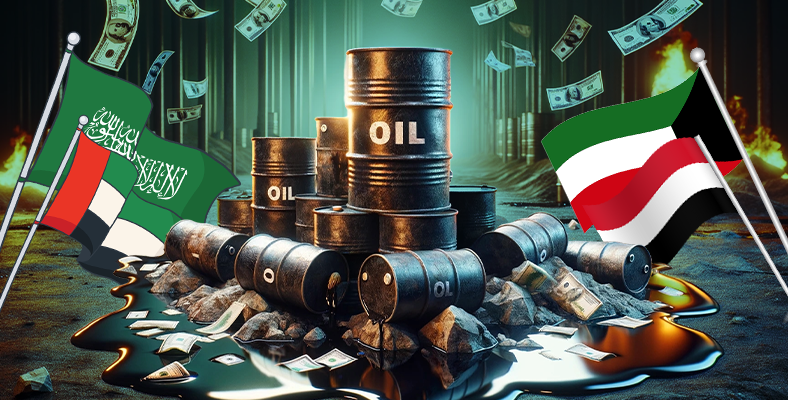The Middle East is known as the heart of the world oil market, but in recent years, fluctuations in oil prices and increasing interest in alternative energy sources raise questions about the economic future of this region.
Middle Eastern countries, the world’s proven owning 55% of oil reserves Even though he boasts about it, this situation no longer provides as great an advantage as it used to.
While the world is taking serious steps to combat climate change and transition to sustainable energy sources future role of oil It seems pretty vague.
As the world progresses towards meeting its climate goals, oil will become a luxury rather than a necessity.
This is a big problem because there is so much oil in the Middle East. entire Persian Gulf filled with hydrocarbon resources and if you combine this abundance with less demand, you can understand that prices will fall.
Eventually there will be so much oil Most of them probably won’t be sold. Well, now the USA, the world’s largest oil producer, is also increasing its oil production, meaning the Middle East will be directly affected by this situation.
The United States produced 11.2 million barrels of oil per day in 2021. This is a big problem for the Middle East because more oil is entering the market.

So what will be the consequences of this? According to a controversial report published by the IMF in 2020; If the region does not diversify its economy Gulf Cooperation Council countries It turned out that his total financial wealth of $ 2 trillion could be exhausted by 2034.
Worse; IMF’s global Oil demand will peak in 2030 and predicting it will decline from then on, doesn’t leave much time for diversification into the Middle East.
Middle Eastern countries already knew this situation.
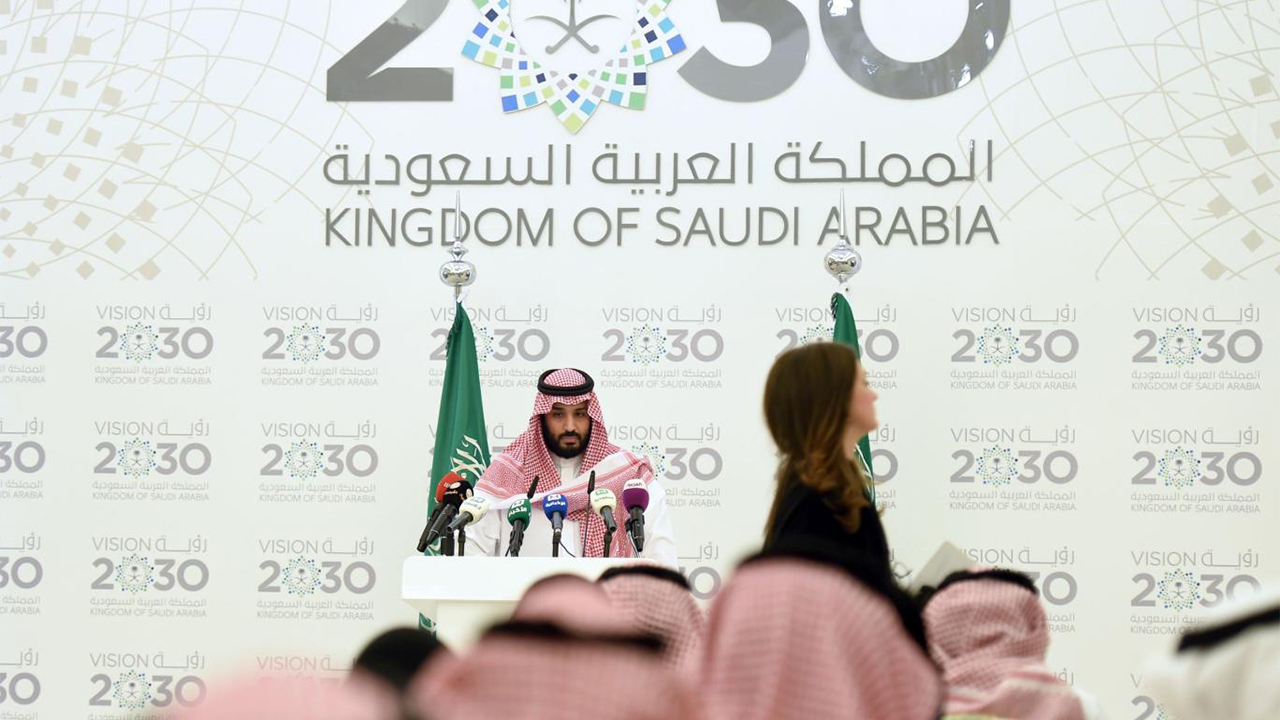
For this reason, in 2016, the controversial crown prince and de facto leader of the Saudi Kingdom, Mohammed bin Salman Saudi, Vision 2030 announced. This plan; It targeted three sections: society, economy and national development.
One of the most striking and ambitious plans under Vision 2030 is to increase non-oil government revenue. It was to increase it from $43.44 billion to $266.5 billion.
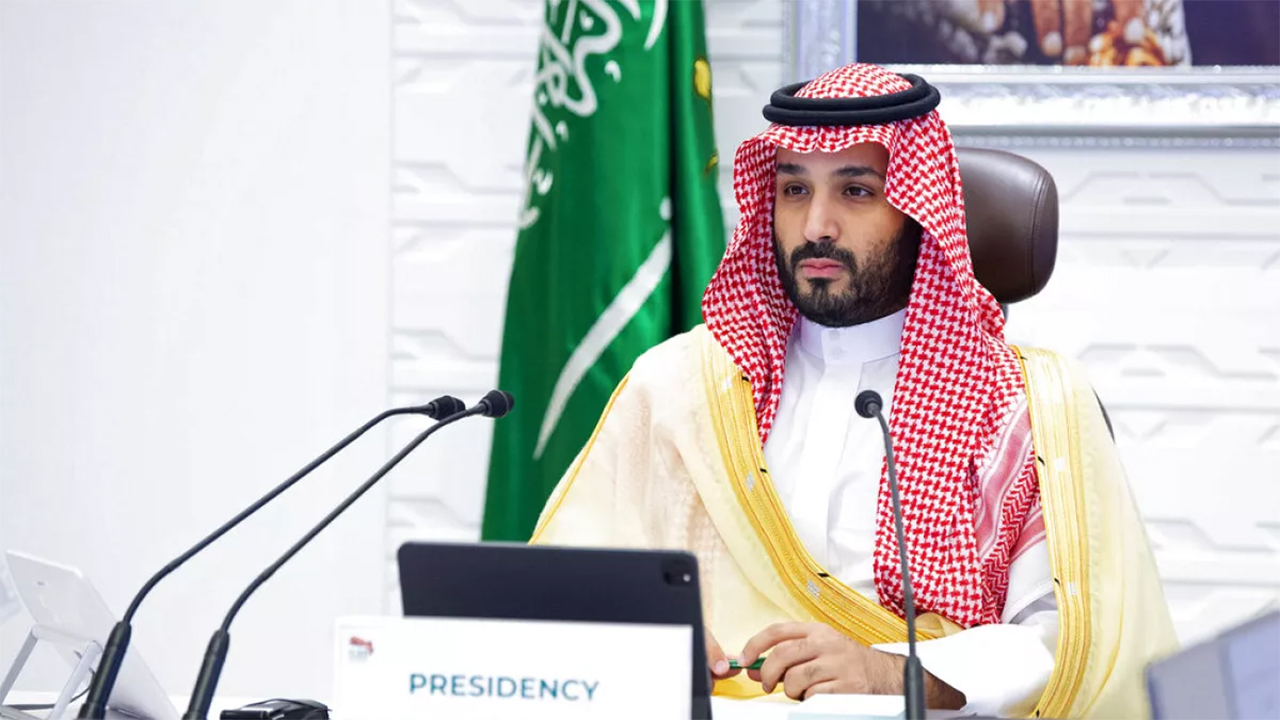
Investment would be made in the private sector and the population of 35 million under the age of 30 would be To create employment for 70% Various programs would be created. In addition, the share of non-oil exports in non-oil GDP, from 16% to 50% would be removed.
The interesting thing is that Mohammed bin Salman had previously made a radical move. Declared a $2 trillion wealth fund and that by 2020, Saudi Arabia will fully diversify its economy and free it from dependence on oil. he promised but he could not realize it.
Kuwait, like Saudi Arabia, put forward Kuwait Vision 2035.
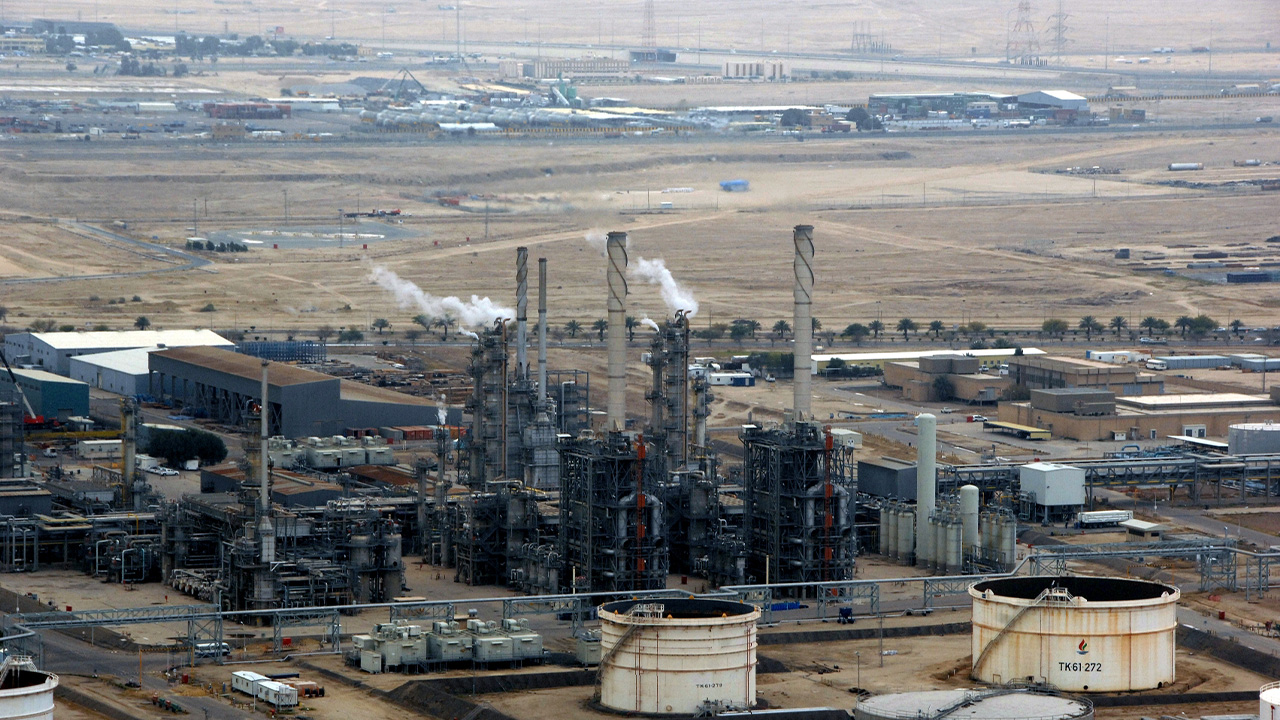
Strangely enough, Kuwait oil and natural gas production wants to invest more. Kuwait Oil Company plans to make hydrocarbon extraction easier and less harmful to the environment by 2040. 500 billion dollars investment He wants to do it.
Choosing not to ignore its dependencies, Kuwait plans to increase its oil production and profit from it while there is still time. to use to build their country prefers. They also use public-private partnerships to finance these initiatives.
Oman, a tiny monarchy bordering Yemen, Saudi Arabia and the UAE, is not so lucky.
In the next twenty years, Oman’s current oil and gas reserves will be depleted so they don’t have any other options or much time.
What about the United Arab Emirates?
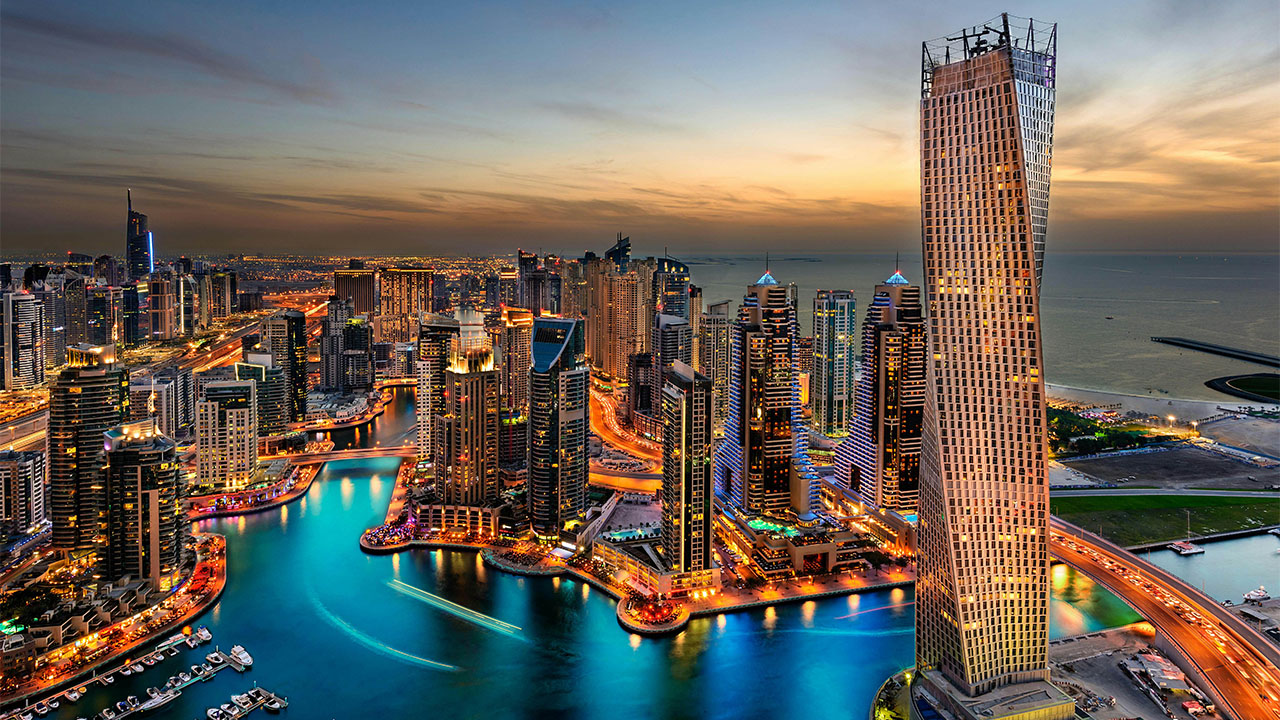
of GDP about 30% Although it derives its revenue from oil and gas production, 95% of Dubai’s GDP is not dependent on oil. Initially Dubai, which has low oil reserves; It tried to make itself a center of tourism, IT and finance attraction.
Dubai generates revenue from its smaller reserves strengthen the infrastructure and eventually became the center of shopping, luxury and finance. UAE, economy outside of oil Sounds like a great example of how to diversify?
But do other Middle Eastern countries have a future without oil? The answer appears to depend on the region’s commitment to increasing economic diversification and investing in alternative energy sources.
You can find our other contents that may interest you below:
RELATED NEWS
Why is the Kuwaiti Dinar the Most Valuable Currency in the World? (1 Dinar = 90 TL)
RELATED NEWS
Why is the Cancer Rate Lower in Middle Eastern Countries Compared to the Rest of the World?
RELATED NEWS
Why Are Thousands of Luxury Vehicles Abandoned in Dubai Every Year? The Reason Is Not Wealth!
RELATED NEWS
Why Do Burj Khalifa Residents’ Feces Have to Be Loaded and Transported on Trucks?
RELATED NEWS
Why hasn’t this Ottoman Train been removed from the Saudi Arabian Desert for 105 years?
RELATED NEWS
